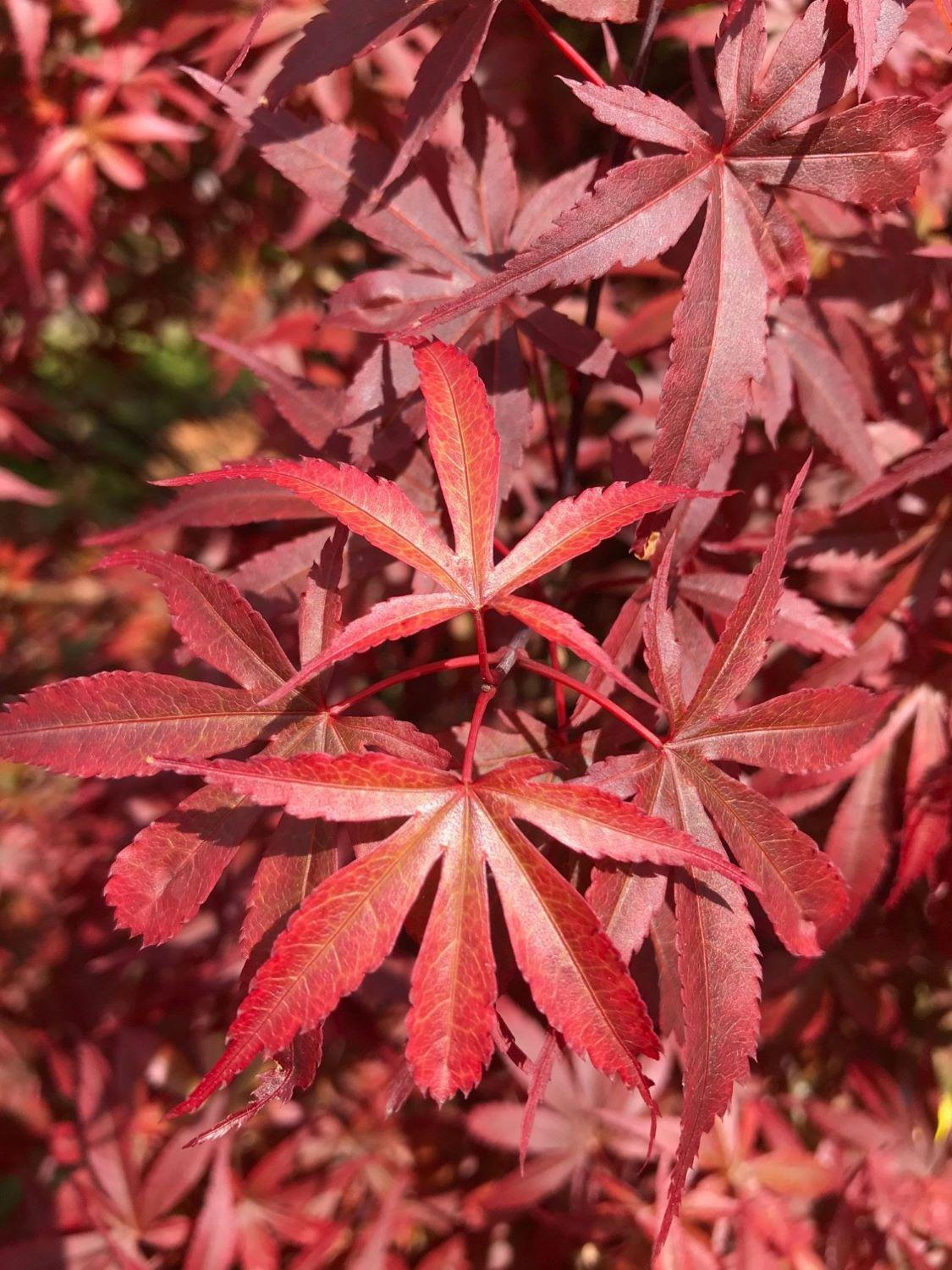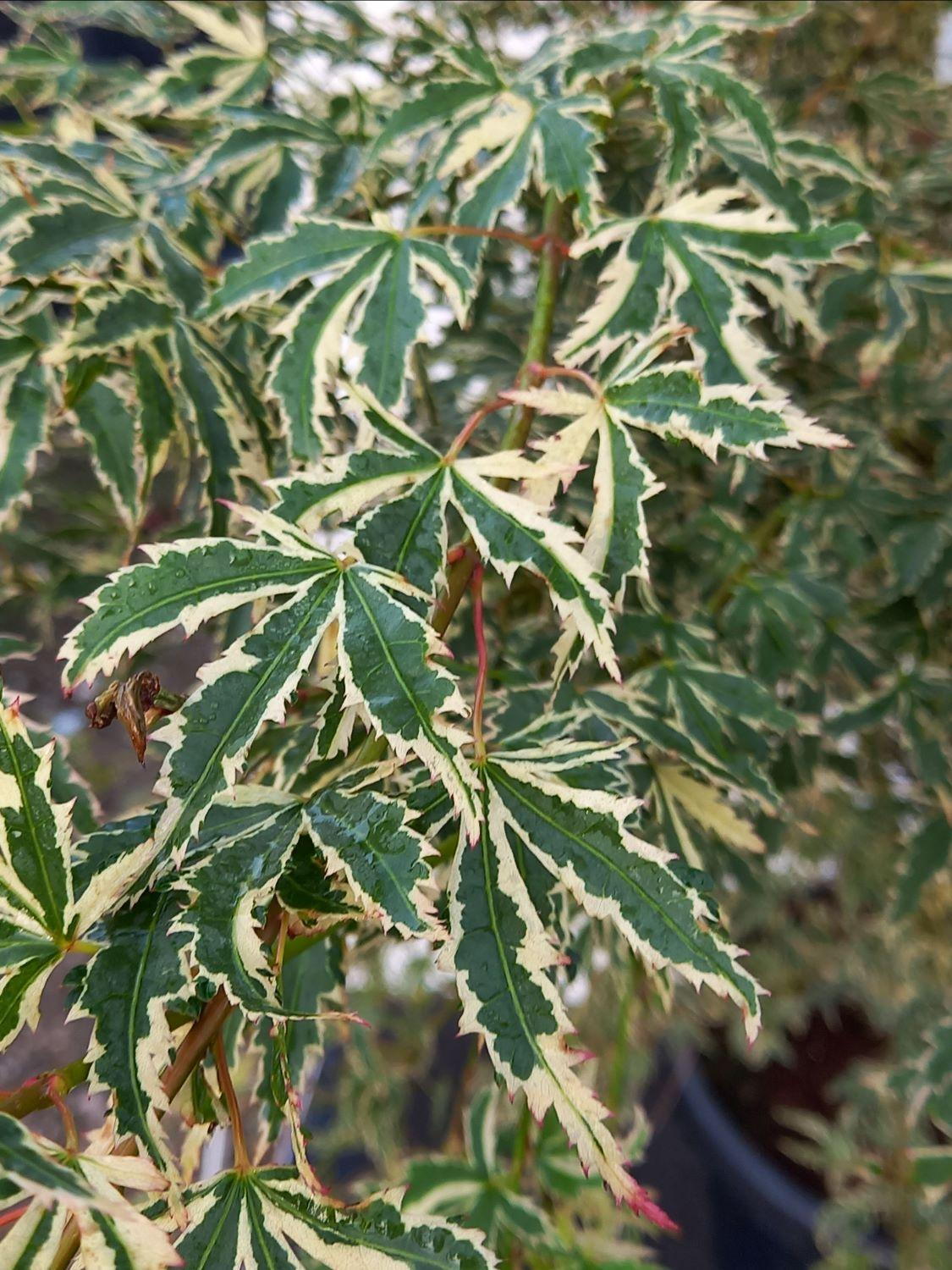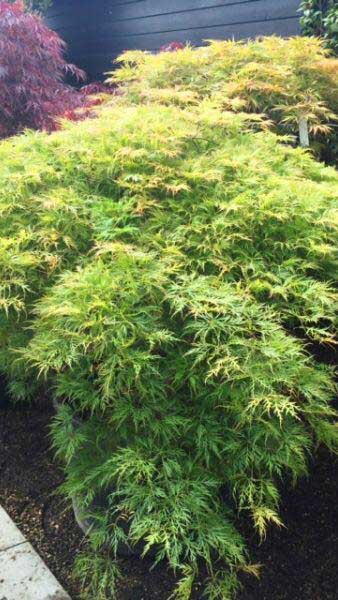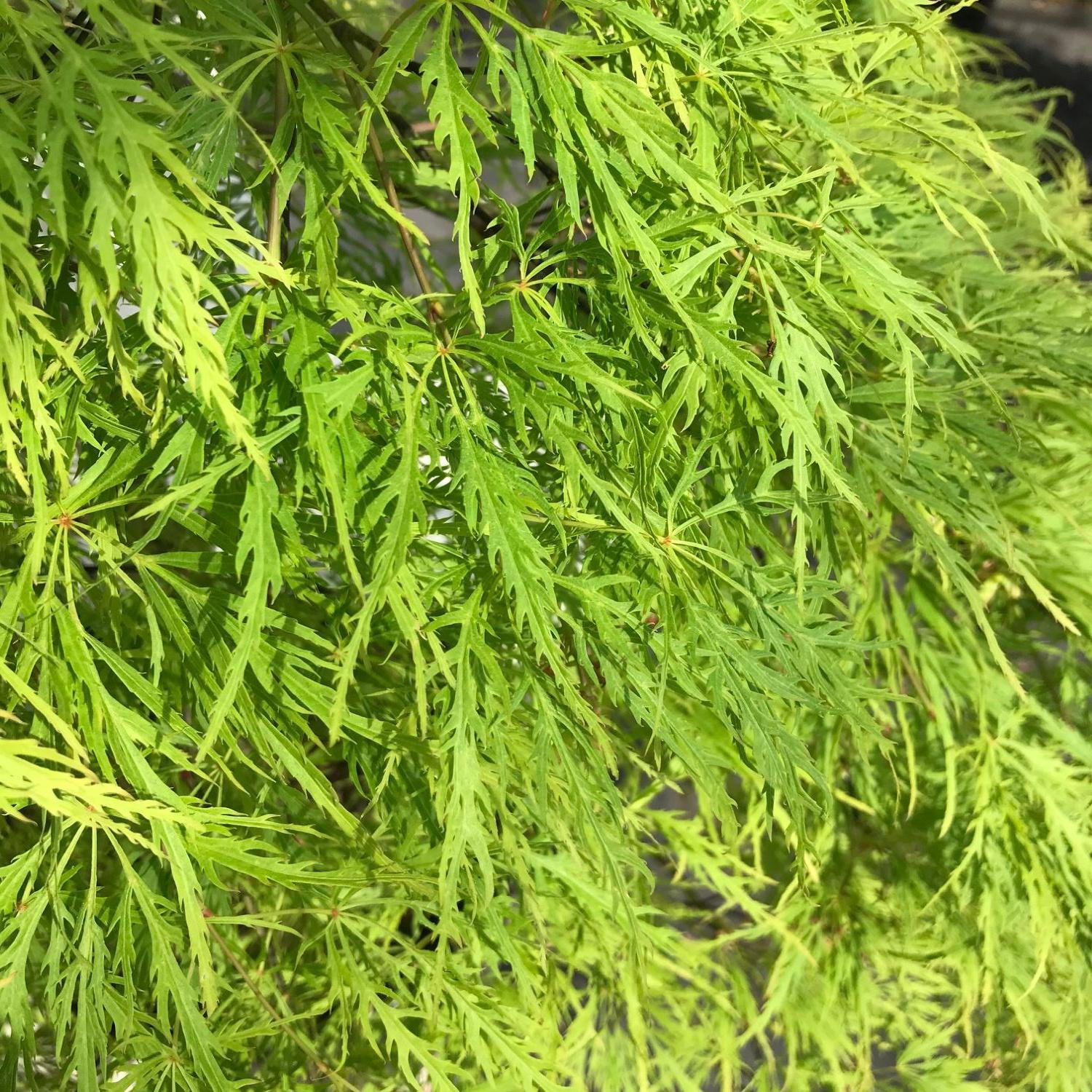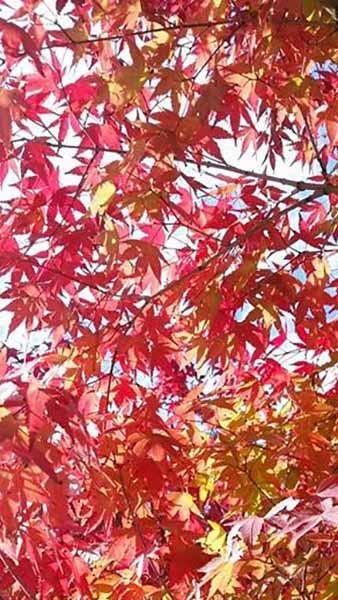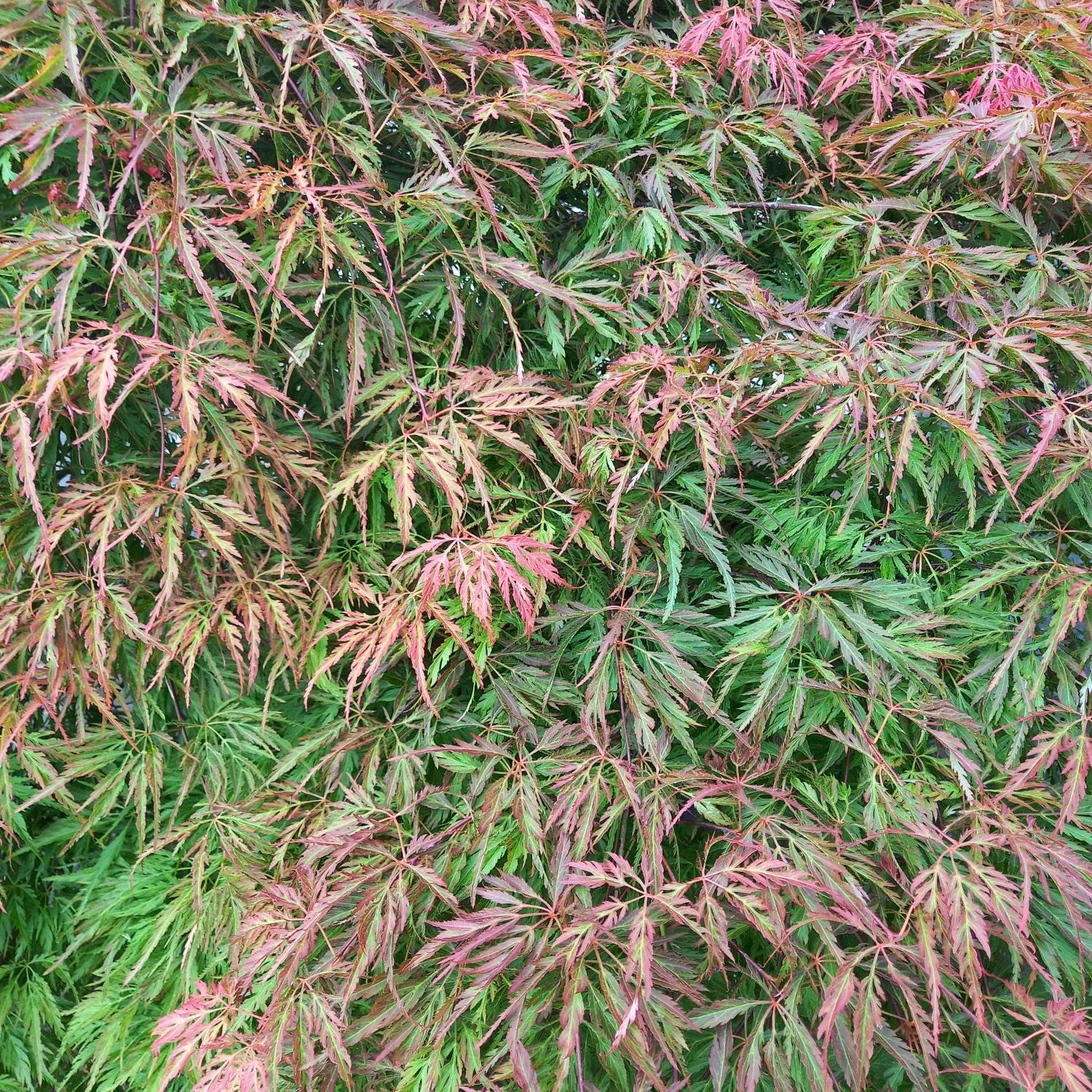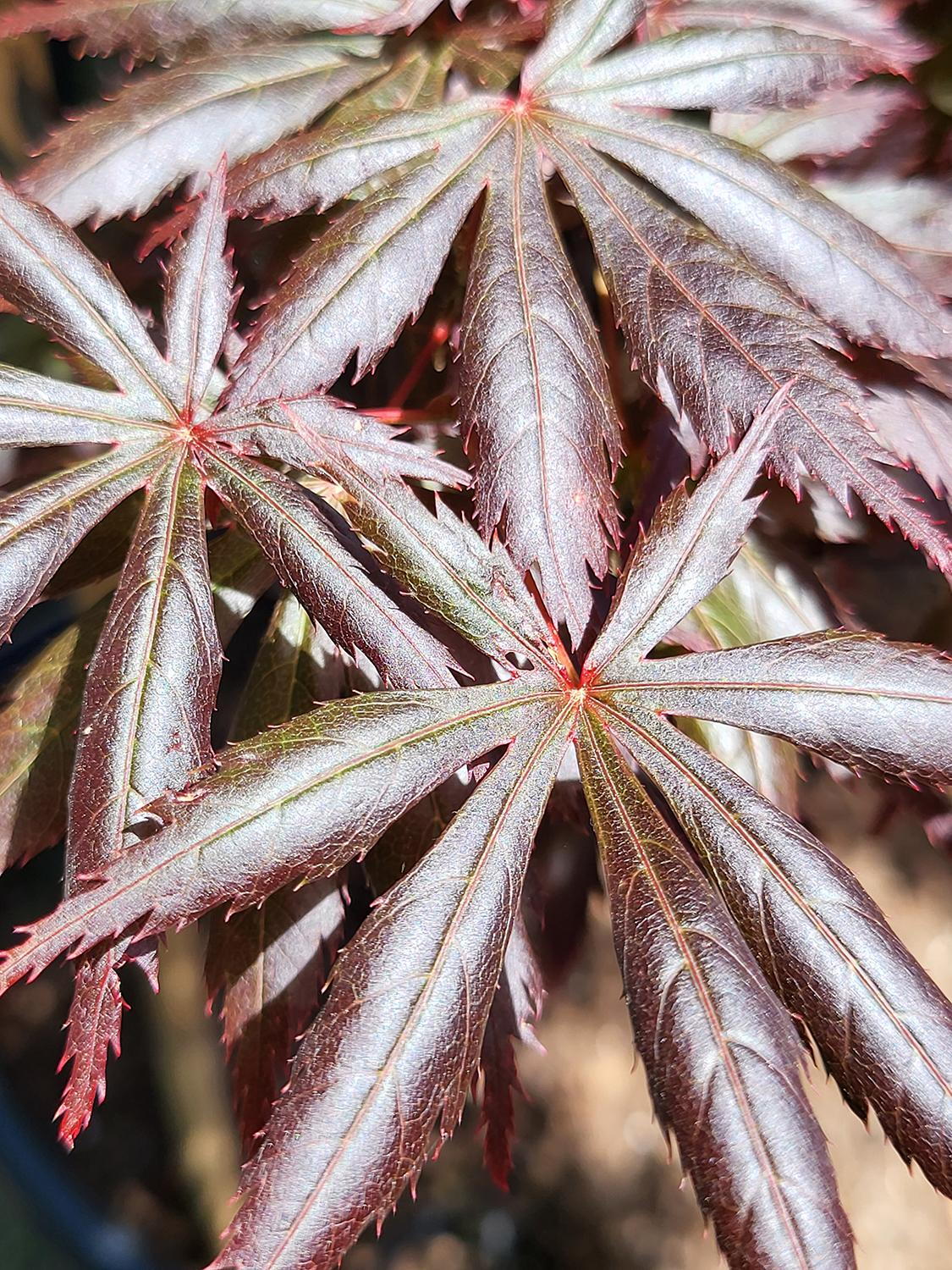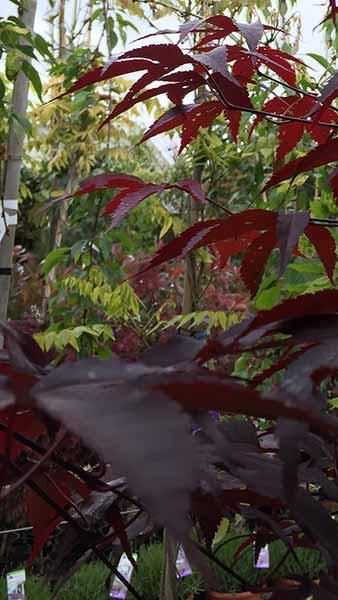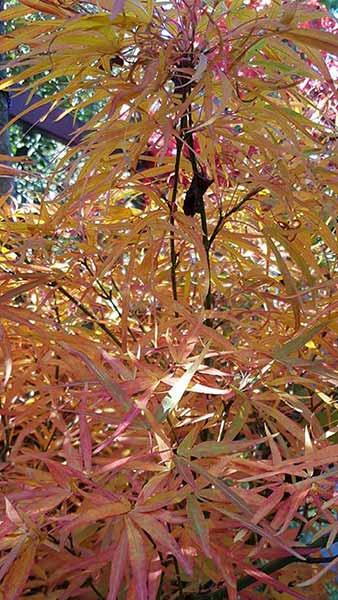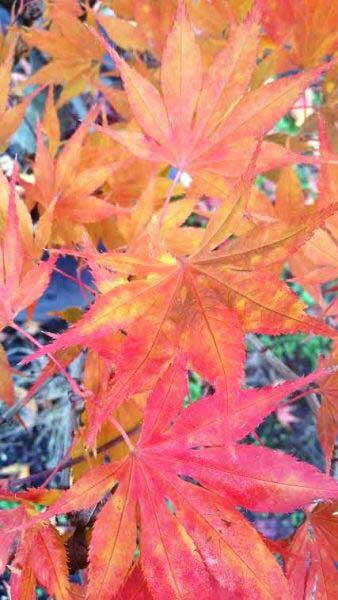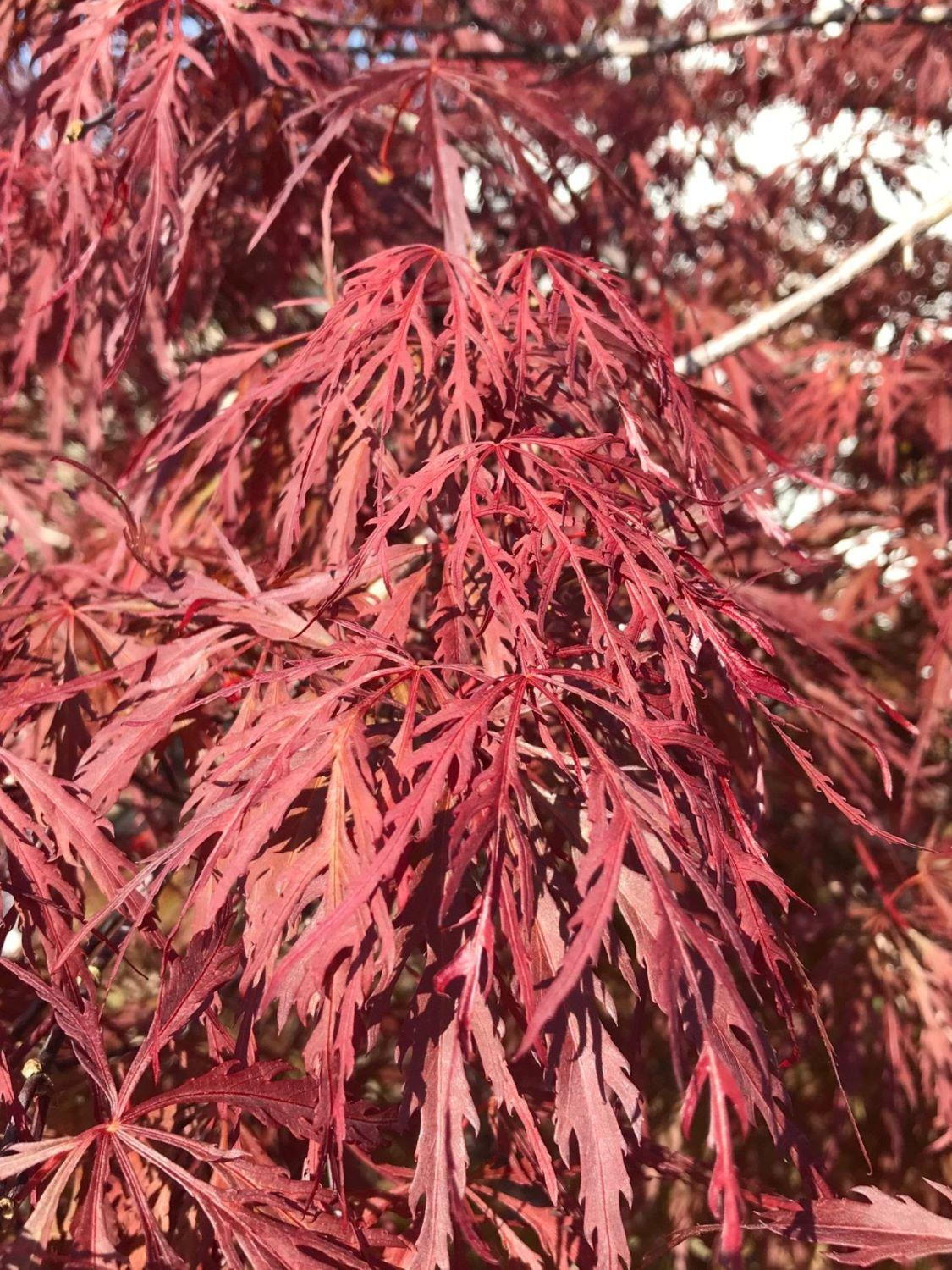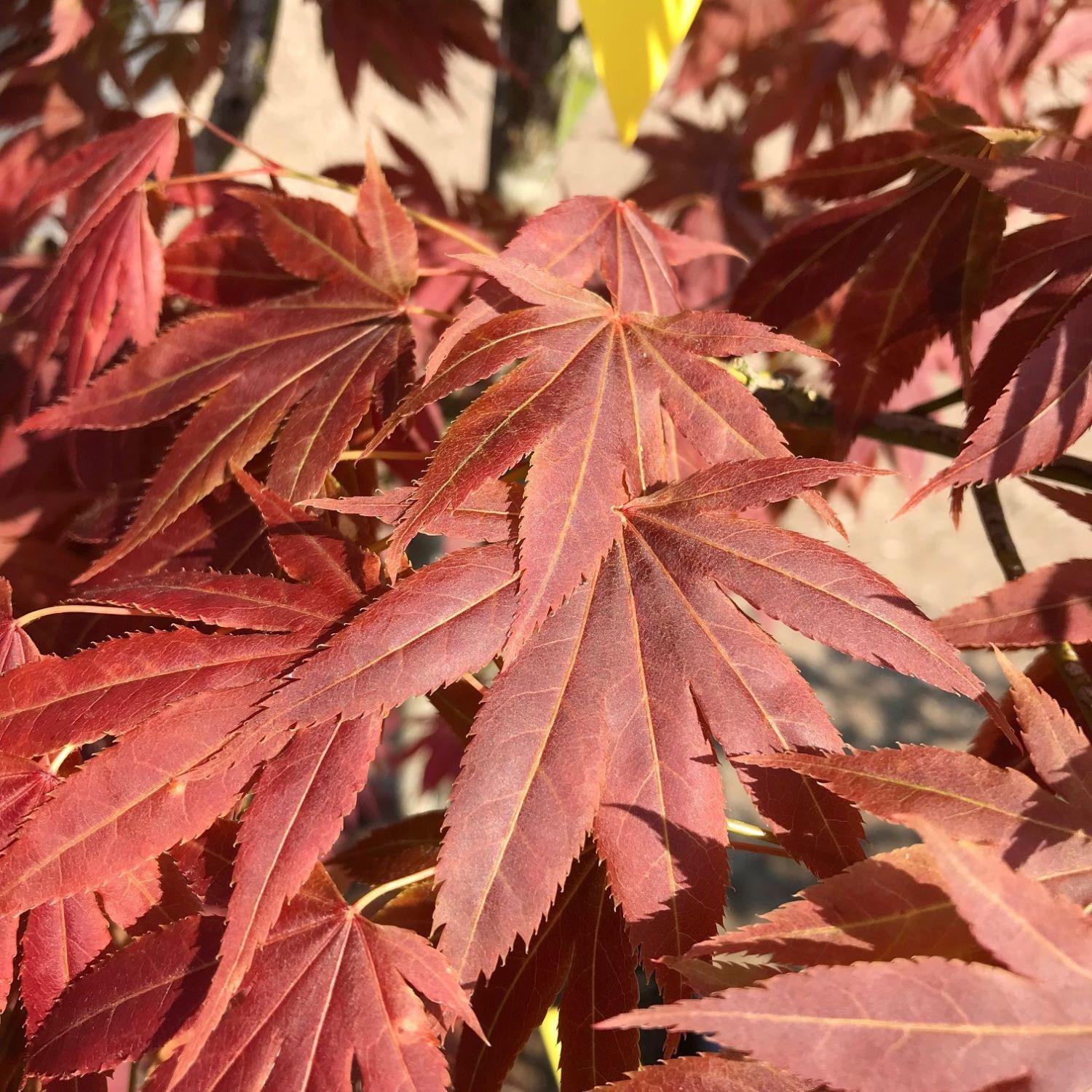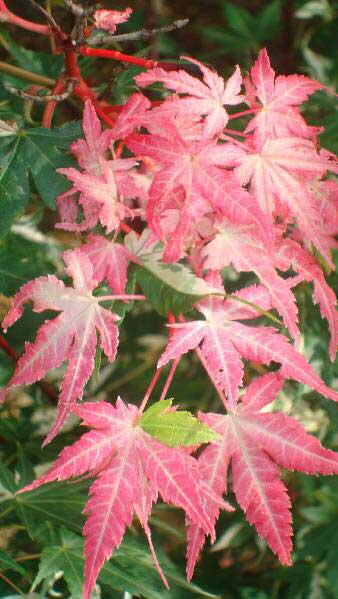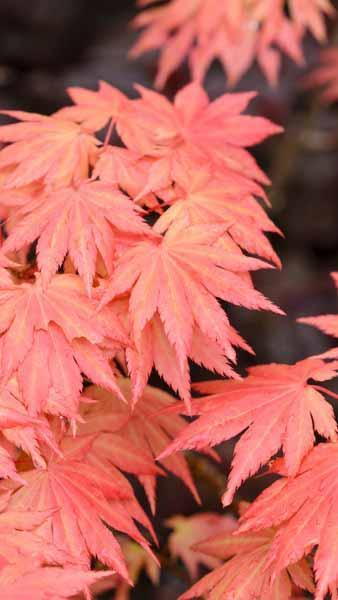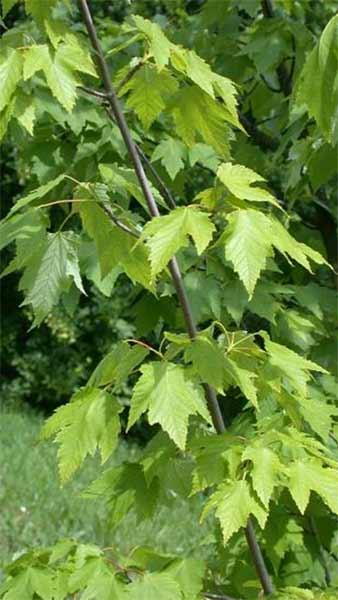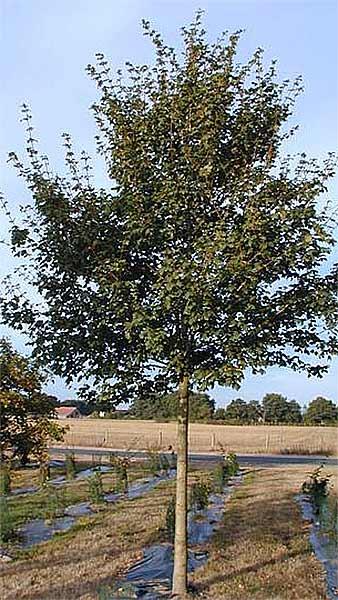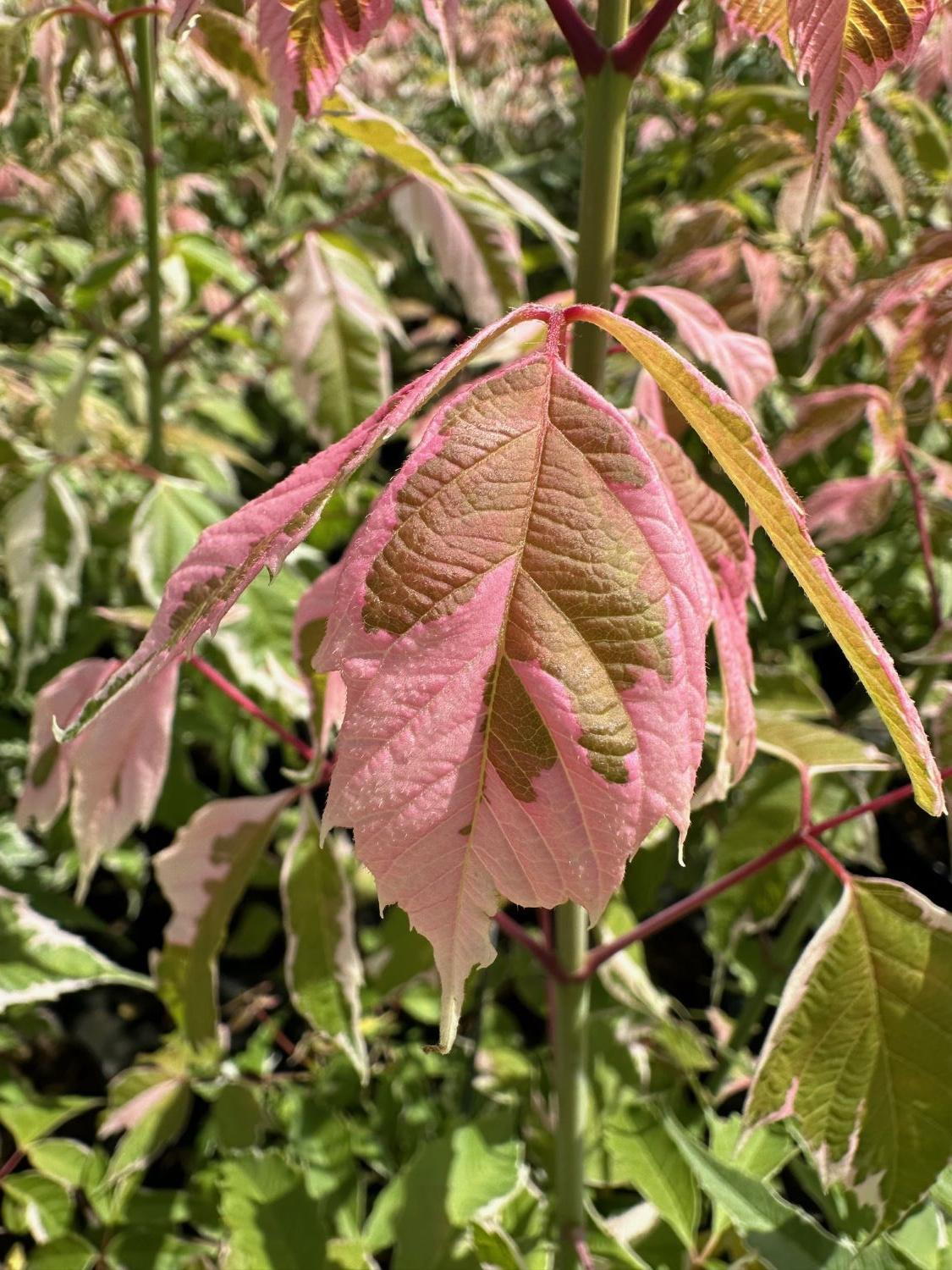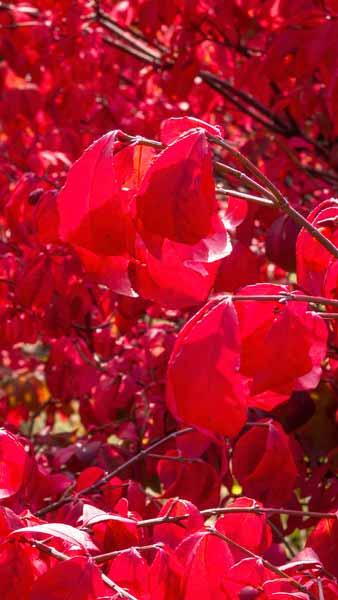Acer Palmatum Dissectum Firecracker Japanese Maple for Sale
Acer Palmatum Dissectum Firecracker or Japanese Maple FirecrackerThe Acer Palmatum Firecracker is part of the Dissectum maple group. It is sometimes referred to as the Japanese Maple Firecracker. It grows as a compact tree or small mounding shrub. When fully grown, it will reach a height of up to 4 meters and a width of 4 meters. It typically takes between ten to twenty years to reach its full growth potential. Once established, Acer Firecracker known for its longevity and can easily live over 100 years with proper care. The deciduous Japanese Maple Firecracker features palmate, finely cut, deeply lobed foliage that emerges in the spring in shades of purple and red. Over the summer months, the leaves maintain their unusual reddish-purple iridescence. During the autumn, Acer palmatum Firecracker puts on an outstanding colour show as its feathery foliage turns to brilliant hues of orange and red. The Japanese Maple Firecracker isn’t overly particular about soil conditions. It will grow well in acidic or neutral soil that is deep, moist and well-draining. If exposed to excessively dry soil, it can suffer from leaf scorch. For best growth, choose a planting location that affords partial shade to obtain optimum leaf colouration. However, the hardy little Acer Palmatum Firecracker can tolerate full sun. In regions that suffer from frequent frost or damaging winds, consider planting this Acer in an area of the garden that affords some protection. During the first year of growth in the ground (or container), it is advised that you keep the soil evenly moist and refrain from subjecting the shrub to any form of drought. The moist soil will help encourage a strong and diverse root system that firmly anchors the vigorous shrub. The diminutive size and slow growth of this variety of Japanese Acer make it an ideal plant suitable for pots. It can live happily for many years without requiring transplanting. For best growth, pick a pot that is at least twice as large as its root system. The pot should have drainage holes in the base to allow the water to move away from the roots. Place the container near a patio, walkway or on a balcony where the plant’s unique colours can be enjoyed. When grown in tree form, it is suggested that you stake the tree during the first one to two years of growth to strengthen its central leader. Japanese Maple Firecracker requires little or no pruning. However, it will tolerate an annual trimming to maintain size or shape. A light pruning can be done in the summer, but if you opt to prune the shrub more severely than it is suggested that the Acer be pruned in February before the foliage emerges. Japanese Acers love of deep moist soil and Firecracker is no exception. It is an ideal choice to plant beside a small ornamental pond where its unusual foliage shading can reflect in the water. Its delicate appearance also makes it a good shrub for a formal or cottage style garden. If you are looking for a shrub or small tree that boasts unusual foliage shades during the spring, summer and autumn, then look no further than the Acer palmatum Firecracker to create visual interest.



